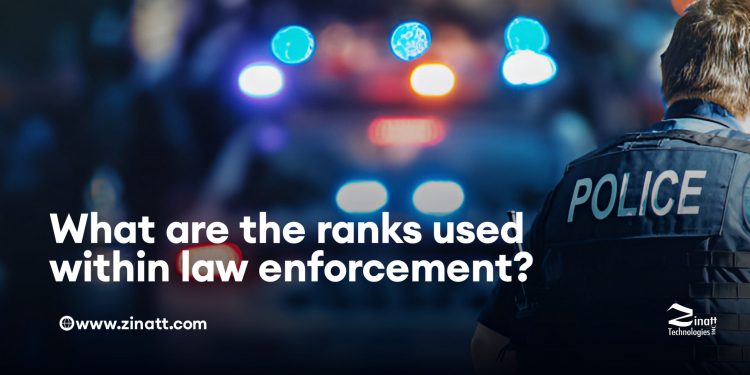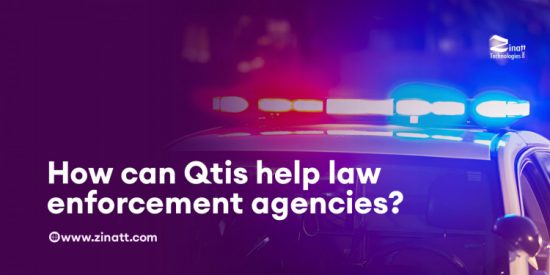Law enforcement agencies are typically organized into a hierarchy of ranks, with each rank having specific responsibilities and duties. While the specific duties and responsibilities of each rank may vary from one agency to another, there are some general patterns that are common across many agencies. Here is an overview of the responsibilities of different ranks within law enforcement:
- Police Officer: Police officers are the entry-level rank in most law enforcement agencies. They are responsible for patrolling their assigned areas, responding to calls for service, investigating crimes, and enforcing laws. Police officers are also responsible for maintaining order and ensuring the safety of the community they serve.
- Sergeant: Sergeants are typically the first level of supervisory rank in a law enforcement agency. They are responsible for overseeing the work of police officers and ensuring that they are following proper procedures and protocols. Sergeants may also be responsible for managing the deployment of personnel and resources, as well as handling complaints and issues that arise within their unit.
- Lieutenant: Lieutenants are the next level of supervisory rank in a law enforcement agency. They are responsible for managing the day-to-day operations of a unit or division within the agency. This may include managing personnel, budgets, and resources, as well as overseeing the work of sergeants and other lower-ranked officers. Lieutenants may also be involved in the development and implementation of policies and procedures within their unit.
- Captain: Captains are the highest level of supervisory rank in many law enforcement agencies. They are responsible for managing the operations of a division or unit within the agency, and may have a larger area of responsibility than a lieutenant. Captains are typically responsible for setting goals and objectives for their unit, as well as overseeing the work of lieutenants and other lower-ranked officers. They may also be involved in the development and implementation of policies and procedures at the agency level.
- Chief: The chief is the highest-ranked officer in a law enforcement agency. They are responsible for managing the overall operations of the agency and setting the strategic direction of the organization. The chief is also responsible for representing the agency to the community and stakeholders, and may be involved in public relations and outreach efforts.
While these are the most common ranks within law enforcement agencies, there are many other ranks and titles that may be used, depending on the size and structure of the agency. Regardless of rank, however, all law enforcement officers have a responsibility to serve and protect the community they serve.




 520 838 0346
520 838 0346 sales@zinatt.com
sales@zinatt.com










